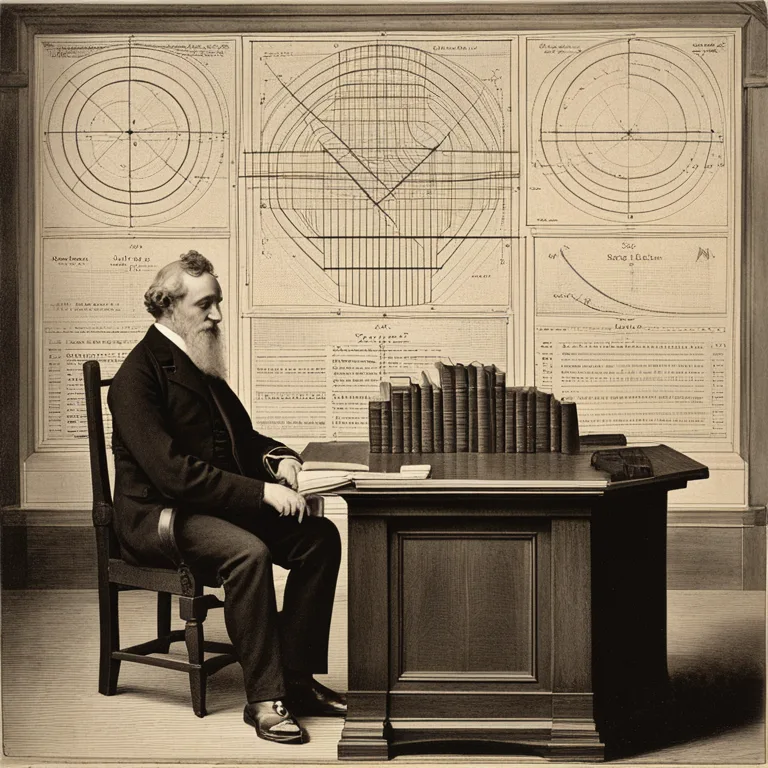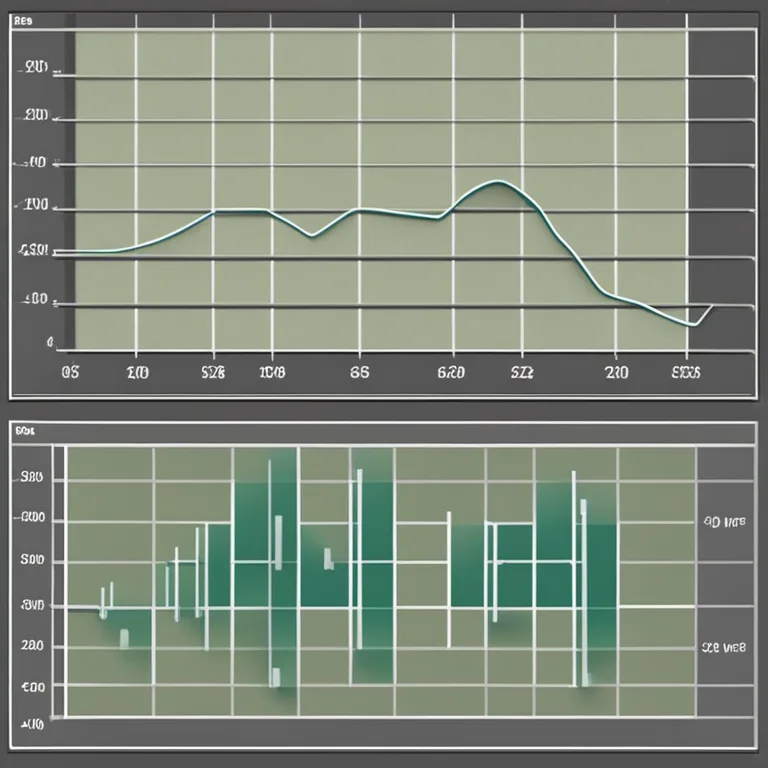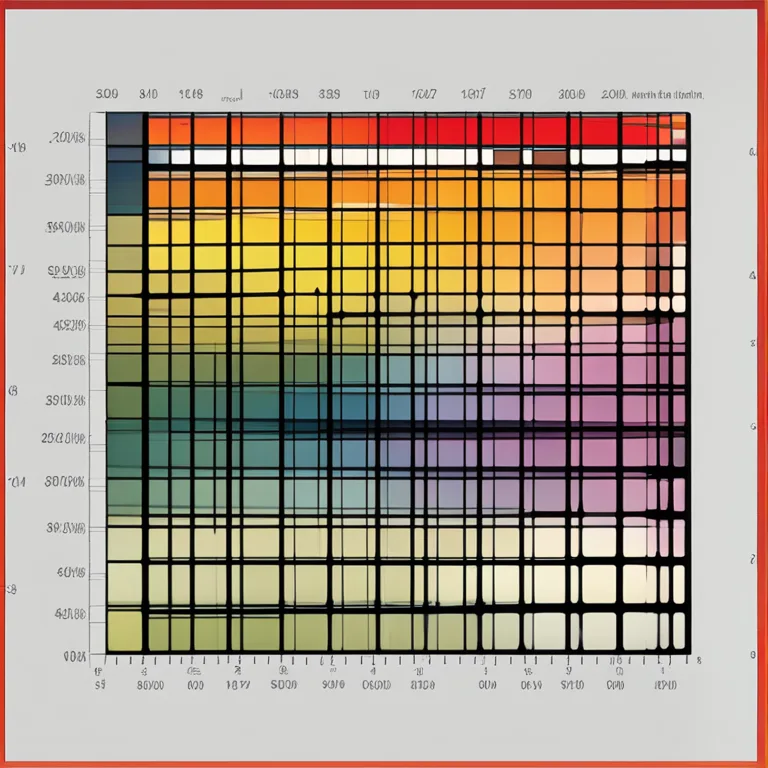
The Intricacies of Biorhythm Charts
Delve into the world of biorhythms with our concise guide on understanding biorhythm charts and how they might influence your daily life.
article by Adrian Wallace
Introduction to Biorhythms
Biorhythms are believed to be biological cycles that affect various aspects of human life. The concept, which gained popularity in the 20th century, proposes that our daily lives are influenced by rhythmic biological cycles. A biorhythm chart is a graphical representation of these cycles and is used to predict shifts in physical, emotional, and intellectual states. Some enthusiasts believe that analyzing these patterns can help in planning tasks, understanding personal interactions, and making significant decisions.

The Genesis of Biorhythm Theory
The idea of biorhythms dates back to the 19th century when Dr. Wilhelm Fliess, a contemporary of Sigmund Freud, proposed that our lives are governed by rhythmic cycles. Over time, these theories were refined into the primary cycles we know today: the 23-day physical cycle, the 28-day emotional cycle, and the 33-day intellectual cycle. Each cycle is said to oscillate between positive and negative phases, influencing our capacities and moods.

Anatomy of a Biorhythm Chart
A biorhythm chart is constructed with a horizontal axis representing time and a vertical axis signifying the level of function for each biorhythm cycle. It typically shows sinewave-like graphs for each of the three primary cycles. When a cycle crosses the midline, it signifies a transition from a high phase, where abilities in that area are enhanced, to a low phase, where it's said one might face challenges in that aspect of life.

Utilizing Biorhythm Charts
To create a biorhythm chart, you need a person’s birth date as a starting point. From there, the days post-birth are plotted, and the cycles are drawn out mathematically. Biorhythm charts can be used to identify auspicious days for engaging in activities that require peak performance in a particular cycle, like a physical competition or an intellectually demanding task. Conversely, they may indicate when to avoid certain activities.

Critical Days and Biorhythm Compatibility
The days when a cycle crosses the midline are known as critical days. According to biorhythm theory, these days may be when individuals are more prone to mistakes or accidents in the relevant area. Furthermore, compatibility analyses compare two individuals' biorhythms to assess potential synchronicity or conflict in their cycles—a concept used by some to evaluate relationships or team dynamics.
Scientific Scrutiny and Modern Reception
Despite its popularity in certain circles, it’s important to note that the scientific community largely considers biorhythm theory as pseudoscience. There is limited empirical evidence to support the claims made by biorhythm enthusiasts. However, in the age of personalized data and wellness tracking, biorhythm charts have witnessed a resurgence in interest as people seek to understand the ebbs and flows of their personal life and health.
Conclusion
While the evidence for biorhythms influencing our lives remains anecdotal, the interest in biorhythm charts persists. Whether seen as a tool for introspection or simply entertainment, these charts encourage individuals to pay closer attention to their physical, emotional, and intellectual rhythms, offering another perspective on the complex interplay of factors that govern our well-being.
Published: 12/28/2023
Modified: 12/28/2023
More predictions
Come back here soon to learn more about yourself and your future


The Reality Of Biorhythm Compatibility
Unravel the truth behind biorhythm compatibility and its role in personal relationships and daily life.


Biorhythms In Humans Explored
Exploring the concept of biorhythms and their influence on human behavior and physical states.


Biorhythm Theory: Fact Or Fallacy?
Explore the fascinating concept of biorhythms to discern if there's any scientific accuracy behind this popular belief.